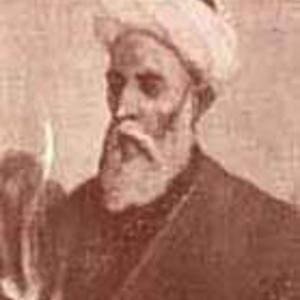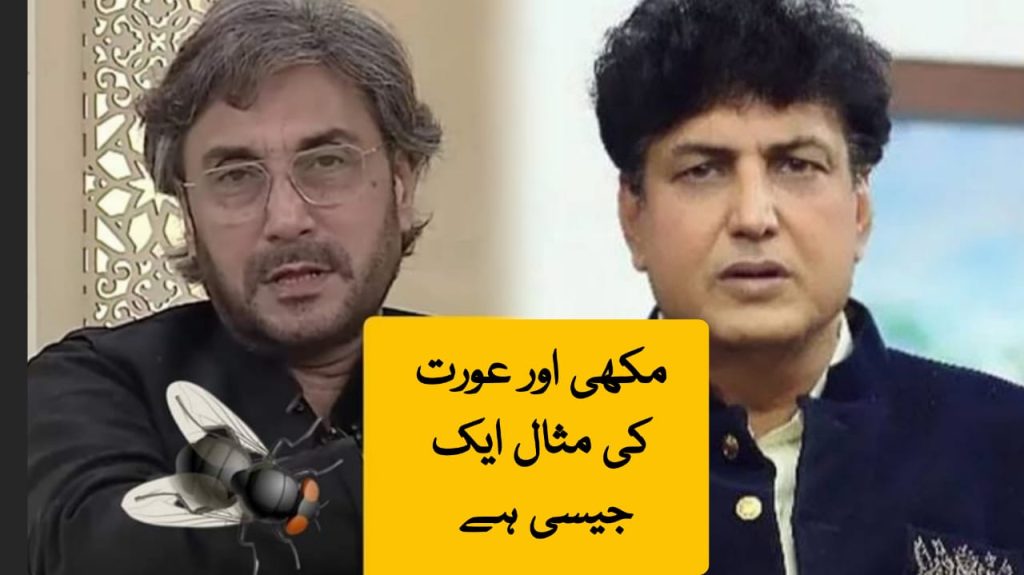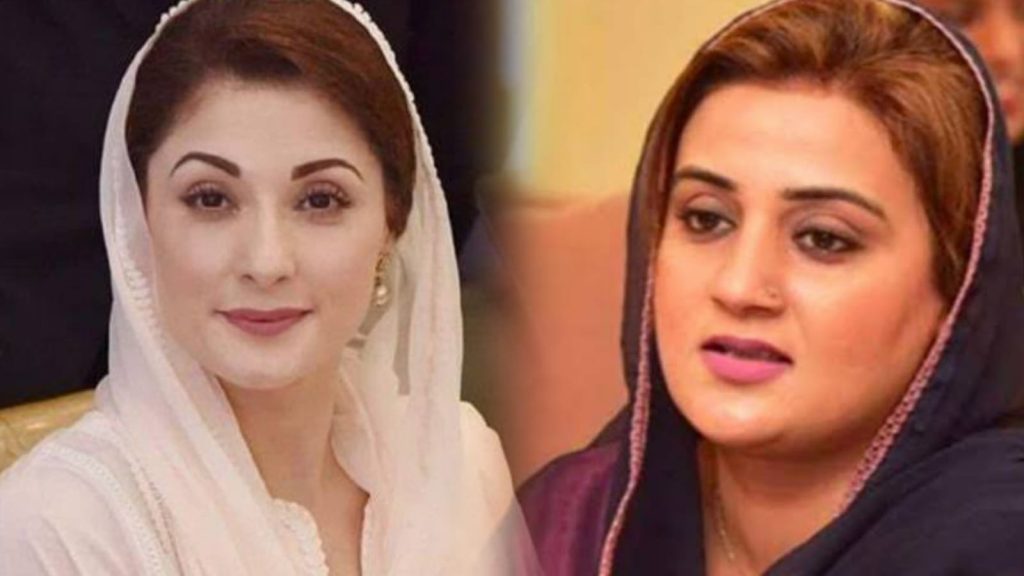


Introduction – Amīr Khusro
Ab’ul Hasan Yamīn ud-Dīn Khusro moreover called Amīr Khusro, was a Sufi composer, writer and researcher. He was an eminent personality in the folk antiquity of the Indian subcontinent. He was a spiritual and a divine believer of Nizamuddin Auliya of Delhi. Amīr Khusro is presumed to have developed positive musical instruments like the sitar and tabla. He inscribed rhyme mainly in Persian, however likewise in Hindavi. A terminology in stanza, the Ḳhāliq Bārī, comprising Arabic, Persian, and Hindavi expressions is every so often credited to him.
He is observed as the “father of Qawwali” (a religious music form of the Sufis in the Indian subcontinent), in addition he presented the ghazal style of melody into India, both of which now also are broadly in India and Pakistan. He is similarly attributed with bringing together Persian, Arabic and Turkish features into Indian traditional music and was the inventor of the khayal and tarana styles of music.
He was a skilled in several styles of Persian verse which were developed in benighted Persia, from Khāqānī’ sqasidas to Nizami’s khamsa. He utilized eleven musical outlines with thirty five different partitions. He has inscribed in many poetry forms together with ghazal, masnavi, qata, rubai, do-baiti and tarkib-band. His involvement to the improvement of the g͟hazal, is important.
Personal Life
Amīr Khusro was born in Patiyali in Etah, Uttar Pradesh. His father Amīr Saif-ud-Dīn Mahmūd, was a Turkic officer and an affiliate of the Lachinclan of Transoxania, Central Asia, themselves fitting to the Kara-Khitais. At the invasion of Genghis Khan, Saifuddin migrated from his hometown Kesh, near Samarkand, to Balkh. Saifuddin was then the chieftain of the Hazara. Shamsuddin Iltutmish, the Sultan of Delhi, welcomed them to Delhi. He provided shelter to the exiled princes, artisans, scholars and rich nobles. In 1230, he was granted a fief in the district of Patiyali.
Amir was an intellectual kid. He began learning and writing poesywhen he was at the age of 8. After the demise of his father, he shifted to Delhi to his motherly grandfather Imad ul Mulk’s house. In 1271 CE, when Amīr Khusro was at the age of 20 years, his grandfather who was 113 years old passed away. His mother brought him up after his passing away. Amir Khusrau is entitled as the “Parrot of India”.
Amir khusrou from the initial age had an intense enthusiasm to recognize God and his passionate desire to comprehend God carried him to the flawless chief of that period Hazrat Nizamuddin Auliya. Afterwards, he was originated with godly awareness from his Guru and who made him understand that God lives inside himself and can be understood with his third eye.
Married Life
Amir Saifuddin wedded Bibi Daulatnaz, she was the daughter of Rawat Arz, the renowned war pastor of Balban, and had a place with the Rajput clans of Uttar Pradesh. They had four kids, three sons and one daughter. Amīr Khusro was one between them who was born in the year 1252-53 CE in Patiyali. His father Saifuddin died in 1260 CE.
Career
After Amīr Khusro’s grandfather’s death, he united himself in the Military as a warrior of Malik Chajju, who was a nephew of Sultan Balban. This carried his poesy to the consideration of the Assembly of the Royal Court where he was praised. At the age of forty seven years, his mother and brother deceased.
He composed these lines in their respect:
” A double radiance left my star this year
Gone are my brother and my mother,
My two full moons have set and ceased to shine
In one short week through this ill-luck of mine. “
His tribute to his mother on demise was:
“Where ever the dust of your (mother) feet is found it is like a relic of Paradise for me.”
Bughra Khan, son of Balban was requested to hear to Amīr Khusro. He was fascinated and turned out to be Khusrau’s supporter. In 677 A.H/1277 A.D. Bughra Khan was at that time chosen as the leader of Bengal however Amīr Khusro resoluted to come back to Delhi.
The first born son of Balban, Khan Muhammad (who was in Multan) arrived at Delhi. When he got about Amir Khusrau, he requested him to his court. In conclusion, Khusrau complemented him to Multan in 679 A.H/1279 A.D. Multan at that era was the entry way to India and a center place of information and studying. The groups of academics, businessmen and ambassadors passed from Baghdad, Arabia, Iran to Delhi by way of Multan.
In the year of 683 A.H./1283 A.D Jinar Khan who was a Mongol, conquered India. Khan Muhammad was slayed in a battle. Khusro penned the two funeral songs in sorrow of his demise. When he was at the old age of eighty years, Sultan Balban called his another son Bughra Khan from Bengal, but he rejected to return to Delhi. After King Balban’s demise, his grandson Kaikubad was made the head of state of Delhi at the age of only 17years. Amīr Khusro continued in his service for two years from 686 A.H to 687 A.H or 1286 to 1287 A.D.
Subsequent to the demise of Kaikubad, a Turk warrior Jalal-ud-din Feroz Khalji acquired control and turned out to be the King. He valued poesy and requested many rhymesters to come to his court. Khusro was respected and appreciated in his court and was specified the label “Amir”. He was designated the work of “Mushaf-dar”. Court life turned Amīr Khusro concentrate additionally on his mythical works. Amīr Khusro’s ghazals that he wrote in rapid progression were set to music and were chanted by melodic girls every single night afore the king.
Subsequent to Jalaluddin, Alauddin Khilji arose to the command of Delhi on 22nd Zilhaj 695 A.H/1295 A.D., Amīr Khusro composed the “Khaza’inul-Futuh” (The gems of success) soundtrack Alauddin’s building works, battles, governmental facilities. At that time, he wrote a quintet (khamsa) with 5masnavis. The first was “Matla-ul-Anwar” (Growing place of luminosities) containing of 3310 stanzas and was completed in fifteen days with principled and Sufi subjects. Another masnavi was, “Khusrau and Shirin” containing of 4000 stanzas. The next masnavi “Laila Majnun” was a romance. The fourth huge masnavi was “Aina-e-Sikandari” in 4500 verses relating the daring actions of Alexander the Great. The fifth masnavi was “Hasht Bihisht” linked to the occasions of King Bahram Gur. Each of these workings created Amīr Khusro an important personality in the world of poesy. Alauddin Khilji was extremely happy by his works and honored him generously.
Next to Alauddin Khilji’s demise, his son Qutb ud din Mubarak Shah turned out to be the king. Amīr Khusro composed a masnavi on Mubarak Shah as “Nuh Sipihr” (Nine Skies), telling the occasions of Mubarak Shah’s rule. He categorized his poesy in nine sections, for each part is deliberated as a sky. In the third section, he composed an intense explanation of India and its surroundings, seasons, vegetation and wildlife, philosophies, ethos, traditions,researchers, etc. He transcribed one more volume in the era of Qutubuddin Mubarak Shah by title “Ijaz-e Khusravi” comprising of five books. While Qutubuddin Mubarak Shah’s son was born, he arranged the horoscope of the kid where certain guesses, were made. This horoscope is contained within the masnavi “Saqiana” Subsequent to Mubarak Shah, Ghiyath al-Din Tughluq moved towards to the rule. Amīr Khusro composed a significant masnavi “Tughlaq Nama” regarding his control and that of other Tughlaq leaders. Amīr Khusro deceased in October, 1325, six months later the demise of Hazrat Nizamuddin Auliya. Khusrau’s grave is next to that of his mystical chief in the Nizamuddin Dargah of Delhi.
The Noble Writer
Amīr Khusro was a creative conventional composer linked with the majestic courts of over and above seven leaders of the Delhi Sultanate. He inscribed many spirited riddles, melodies and traditional stories which have turned out to be a portion of famous philosophy in South Asia. His riddles are one of the greatest popular types of Hindavi poesy in the present days. It is a category that includes dual entendre or puns. Countless riddles by the composer have been delivered by verbal custom over the previous seven centuries. By means of his mythical production, Khusrau characterizes one of the primary (recorded) Indian stars with a factual multi ethnic or varied individuality.
Amīr Khusro was the writer of a Khamsa that competed with that of the previous writer of Persian blockbusters Nizami Ganjavi. His work was deliberated to be one of the excellent masterpieces of Persian poesy throughout later centuries.
He composed principally in Persian language. A lot of Hindustani (Hindi/Urdu) stanzas are credited to him, even though there is no proof for their work by Khusro afore 18th century. The linguistic of the Hindustani rhymes seem to be comparatively contemporary. He moreover composed a battle folk song in Punjabi. Furthermore, he spoke Arabic and Sanskrit. His poesy is still chanted in the present days at Sufi monuments all through Pakistan and India.
Assistance to Music
Amīr Khusro is accredited for the development of the melodic instruments tabla. The word‘tabla’ is derivative from an Arabic term, tabl that means “drum”. The growth of the Tabla created from the requirement to have a drum that might be played from the top most in the sitting position to permit additional multifaceted tempo configurations that were needed for the new Indian Sufi vocal style of humming/singing and Zikr. All at once to supplement the compound initial Sitar tunes that Amīr Khusro was creating. The Tabla utilizes a “complex fingertip and hand percussive” method played from the topmost, nothing like the Pakhawaj (old Dholak-like instrument) and mridangam which mostly use the full palm and are sidelong in gesture and are more constrained in terms of sound complication.
Birth Anniversary
In 1976, celebrated Pakistani performer Khurshid Anwar played a significant part in remarking the 700th Birth Anniversary. In the meantime he was also a musicologist, he composed one of his unusual music qualifications on Amir Khusrow–’A gift to Posterity’. Moreover, he enthusiastically intented music occasions and events all through the year 1976. In Pakistan, Khurshid Anwar had also been celebrated for his struggles to keep flourishing traditional music not merely by his several movie configurations in Pakistan, however likewise by his distinctive album of traditional music shows recorded by EMI Pakistan, recognized as Aahang-e-Khusravi in two parts in 1978. The second portion of Aahang-e-Khusravi recordings was Gharanon Ki Gaiyki on twenty auditory tapes back then, which contains of audio recordings of legislatures of the foremost Gharanas of traditional singing group in Pakistan. All this activity was intended to be an honor to Amir Khusrow too.
Accomplishments
- Tuhfat-us-Sighr (The Gift of Childhood) his initial divan, comprises verses composed among the age of 16 and 19
- Wast-ul-Hayat (The Mid of Life) his second divan
- Ghurrat-ul-Kamaal (The Leading of Excellence) verses composed during the age of 34 and 43
- Baqia-Naqia (The Rest/The Miscellany) assembled at the age of 64
- Nihayatul-Kamaal (The Zenith of the Perfection) piled upalmost certainly a few weeks afore his demise.
- Qiran-us-Sa’dain (Meeting of the Two Auspicious Stars) Mathnavi regarding the remarkablegathering of Bughra Khan and his son Kikabad after extensivehatred (1289)
- Miftah-ul-Futuh (Key to the Victories) in applause to the triumphs of Jalal ud din FiruzKhilji (1291)
- Ishqia/Masnavi Duval Rani-Khizr Khan (Romance of Duval Rani and Khizr Khan) a heartbreaking love rhyme on the subject of Gujarat’s princess Duval and Alauddin’s son Khizr (1316)
- Nuh Sipihr (Masnavi of the Nine Skies) Khusrau’sinsights of India and its ethos (1318)
- Tughluq Nama (Book of the Tughluqs) a history of the rule on Tughlaqempire (1320)
- Khamsa (Khamsa-e-Khusrau) five traditional romances: Hasht-Bahisht, Matlaul-Anwar, Sheerin-Khusrau, Majnun-Laila and Aaina-Sikandari
- Ijaz-e-Khusravi (The Miracles of Khusrau) an collection of prose
- Khazain-ul-Futuh (The Gems of Triumphs)
- Qissa Chahar Darvesh The Story of the Four Dervishes
- Afzal-ul-Fawaid utterances of Nizamuddin Auliya
- Ḳhāliq Bārī a versified wordlist of Persian, Arabic, and Hindavi words and expressions every so often credited to Amir Khusrau. Ḥāfiz Maḥmūd Shīrānī reasoned that it was finished in 1622 in Gwalior by Ẓiyāud-Dīn Ḳhusrau.[30]
- Jawahir-e Khusrovi frequently called as the Hindawi divan of Khusrau
- Tarikh-i-Alai (Times of Alauddin)












